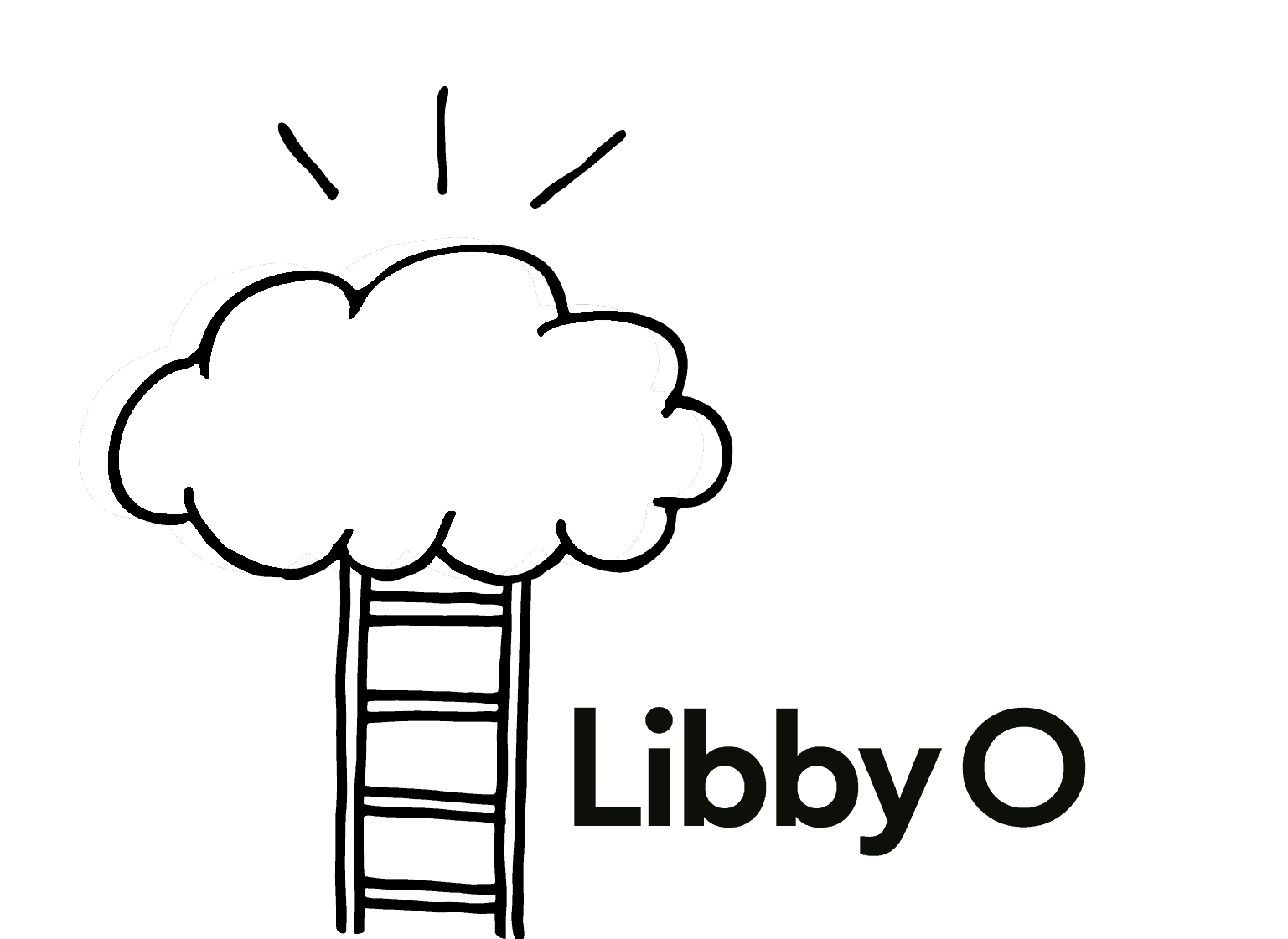In my house, I live with a personality type who is very rules driven, dislikes change and is a perfectionist.
I’m talking about my dog, and I’ve learnt to handle his personality type over time – which means I’m careful never to take him for a walk in the rain. It helps us get along much better.
This is just one example of how different personality types interact; in personal relationships (human ones too), professional relationships, and of course, in the workplace.
I’d venture all of us have been in a situation at work where communication breaks down, there are misunderstandings, and people do not get on and stop being able to work closely together. It’s never easy to negotiate.
But there’s a way that managers can begin to better navigate their teams, and that’s personality profiling, otherwise known as psychometric testing. You might have heard of a few common ones, like Myers-Briggs or DISC.
It’s common for people to be sceptical about personality profiling, and often that stems back to misconceptions about what it really is. The important thing to remember about personality profiling is that it’s a preference. It’s not exact, nor a judgement that locks you into a life sentence. It’s subject to change, based on life experiences, and even varies in different situations.
However, preferences are very useful, as they help you to identify your personality type and that of others, and importantly, anticipate what might happen in the future.
For managers, it’s a key tool for helping to better look after and engage teams and build a stronger company culture. It helps us develop a formula for having difficult conversations, act with more confidence, and work more effectively.
Externally, it’s also a great tool for improving client management.
What is personality profiling?
The first recorded signs of psychometric testing are from 4000 years ago when used by the Chinese Emperor at the time as a tool to recruit for the defence forces. It was also used in ancient Rome, and then in 1879 it was revived by a psychologist called Wilhelm Wundt. By the 1970s, personality profiling had started to be used in Australian workplaces.
Amazingly, despite technological advances, it has at its core remained pretty much the same through to today.
When I first started using the Myers Briggs system, I walked around with a book under my arm for a week. So to make it simpler for people to digest, the personality profiling system we use at Libby O categorises personalities by North, South, East and West (or a combination of them). With this system, we don’t need to understand the science, or remember reams and reams of information. It’s enough for people to understand the general flavour – because after all, our purpose is improving workplaces not becoming psychologists.
So, let’s look at these personality types in more detail.
First, it’s important to understand that there are different facets to your personality assessment: what you want people to believe about you (projection) and what you believe about yourself (self-image). But perhaps most interesting is pressure – how you behave in stressful situations – because that’s when the best and the worst of us comes out. It’s seeing a teacher at the shops and realising they’re a completely different person to how they are at school.
Now, let’s look at the broad types of personalities as an example.
‘Northies’ are decisive risk-takers who are quick minded, very results driven and have thick skin. On the negative side, they are very competitive, sometimes lack self-reflection and can be blunt. They’re naturally suited to leadership and management positions.
Then comes the confident, friendly, high-energy Eastie who is great at multi-tasking and is naturally influential. On the other hand, they can lack attention to detail, and be prone to ‘shiny object syndrome’ when it comes to chasing new ideas and they are also not good at giving people feedback. They’re great with leading change and training roles; roles like governance which involve stakeholder management.
Southies, meanwhile, are the natural helpers. Their mantra is ‘how can we fix this’, and they are very self-controlled, very predictable and patient. They are really good with people, and so are suited to ‘caring’ roles and in customer service, always wanting to help the client. On the other side, they can be critical, emotional, and seek status.
Finally, Westies are the thinkers and processors. They are very systematic and can also be extremely charming. More negative traits can include perfectionism, stubbornness and difficulty dealing with change. Westies are often the accountants, the auditors and the engineers.
Can you see yourself in any of these? Or your team members or clients?
For example, think of a hospital. The doctors are most often North, especially the surgeons, whereas the nurses are often South personality types.
Meanwhile, if you want to find the Eastie, look for the person who’s leading the social club. They’re the ones are getting people involved. They make great change managers, as long as they are anchored by another personality type.
And the Westies? Well, think of your Finance Manager. More than likely they’re a West personality type.
It can be also worthwhile thinking of getting a mix of different personality types if your organisation naturally attracts one or the other. For example, NDIS organisations by their nature often attract very caring South people. So it can be worthwhile bringing in some more North and West types to drive the business side of the business.
Forging deeper connection
Of course, the real value is in understanding not just your own personality type, but in using them as a tool to better work with and manage others. Having a grasp on personality types will help you engage with people in different spaces at different times.
Because when it comes down to it, relationships are all about connection.
For example, dealing with a Northie might not come naturally to your personality type. So learning some ways to influence a Northie can be useful. This might include appealing to their competitive side and also giving them feedback on their behaviour – which they’re good at assimilating due to their thick skin. Also, when they’re in business mode then they’re very focused – so speak to them in business terms.
Managing an Eastie as an employee or client is of course very different. Give them lots to do but make the tasks short and sharp, and hold them accountable to the details. Let them work in groups. When giving them feedback, understand that their feelings run deep; give them as much positive feedback as you can.
Meanwhile, managing a Southie requires constant consultation. Demonstrate how something will benefit their staff or clients. They don’t need micromanaging, and they like to keep things friendly and professional. With feedback, it once again needs to be about how it benefits others.
Working with Westies means keeping it professional at all times and bringing facts and figures to back up a discussion. And while they are great at leading projects, don’t leave them alone. They need someone to ensure the project doesn’t get bogged down in detail.
It’s also worth noting that the more skilled we become as managers, the more we want to be able to pull on all four quadrants as the circumstances change.
Now you have a deeper understanding of what is personality profiling, try assigning these types to yourself, you co-workers, relatives and friends. Or why not try it on your dog?
Soon, you will begin to see that with some deeper understanding of where others are coming from, your own communication and relationships improve out of sight.
If you’d like to learn more about personality profiling and how it forms part of our manager training courses, then why not have a nosey around our website, or chat to me? You can also read more on the subject here.


0 Comments